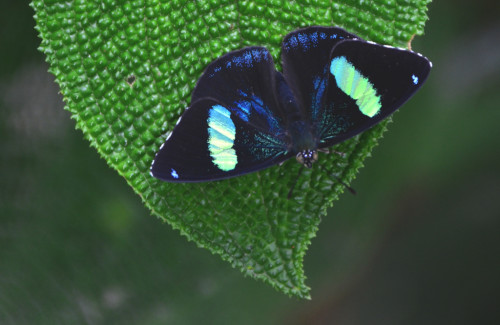
I knew from the moment my plane began descending over Colombia’s Eje Cafetero that the so-called “coffee triangle” would be unlike any place I’ve ever visited in my life, let alone in Colombia.
The hue of the jagged, towering mountains was as impossibly emerald green in color as the sky (the little I could see of it once the Avianca Airbus dove under the thick quilt of clouds that rose about halfway up the mountains, anyway) was a smooth blue that fell somewhere between periwinkle and azure in its own coloring.
The chilly breeze that kissed my skin as I walked down the stairs and onto the tarmac seemed blown from a different sky that the one I’d fallen out of, one with a sun too weak to shine through a haze blanket the way this one managed to do.
All this, in close proximity of a relatively large city.
To be sure, the deeper into Colombia’s coffee triangle you travel, the more surreal the landscapes, the energy and the experience.
Nowhere is this more pronounced than in the Valle del Cocora, located approximately one hour from the pueblo of Salento.
I caught the first pickup truck of day — 10:30 a.m. — in Salento’s main square and spent the bumpy journey explaining to my fellow passengers, all of whom were Colombian, where in their country I’d been thus far.
When we arrived at the entrance to the valley, they seemed surprised when I walked past the line of horses and guides to the hiking boot rental booth — I guess I came off as a city slicker?
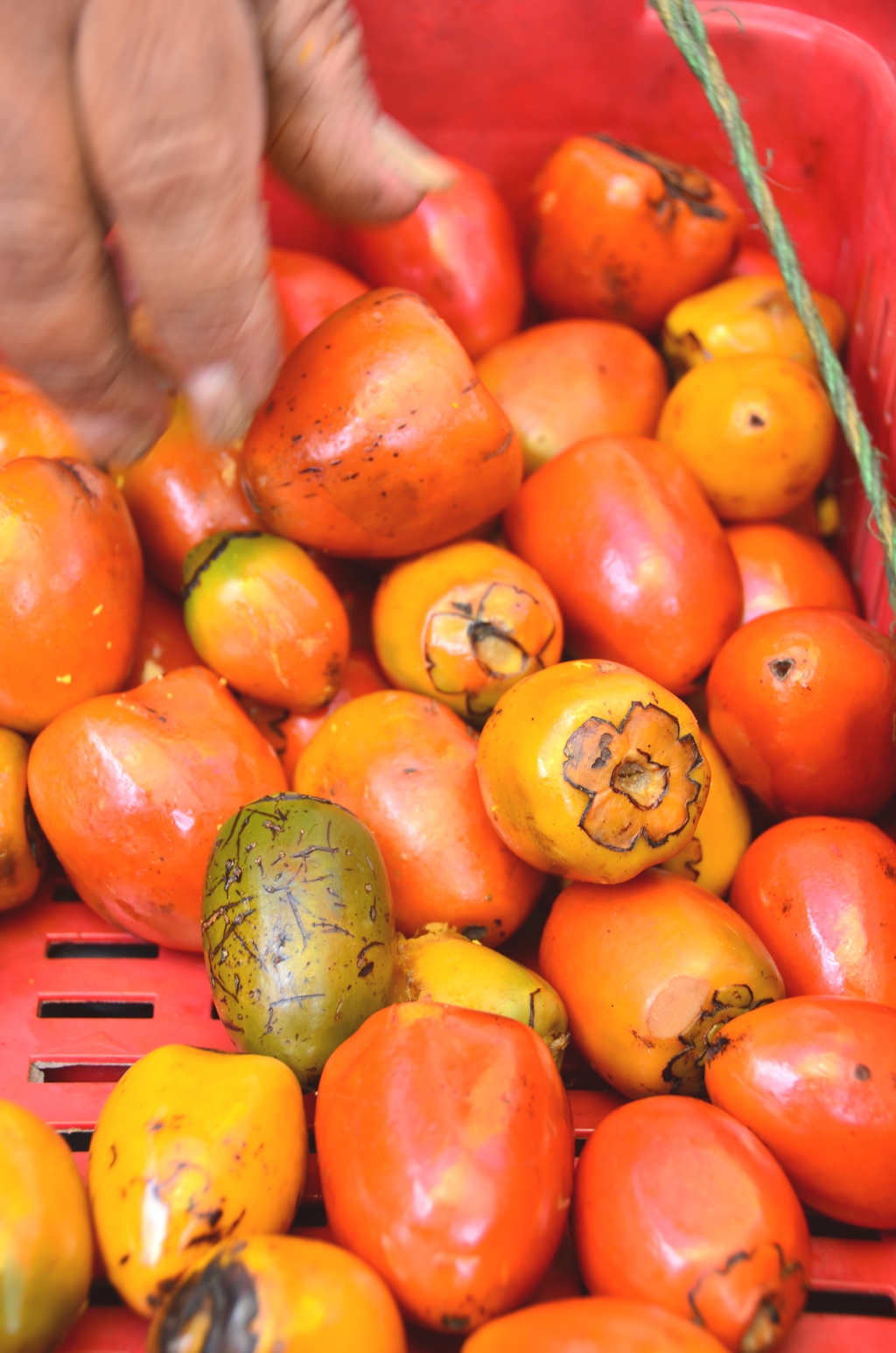
Urban style or not, I was eager to get muddy from the moment I strapped on my thigh-high boots, so eager in fact that I almost opted not to fuel up as I got on my way.
But the bright orange hue of the fruit being sold about 100 meters in was enough to attract me. Although the pale flesh of the fruit wasn’t as sweet or juicy as its tomato-looking exterior suggested, the honey the man who sold the cup of them to me drizzled over the chontaduros proved sufficient fuel for me to begin my trek.
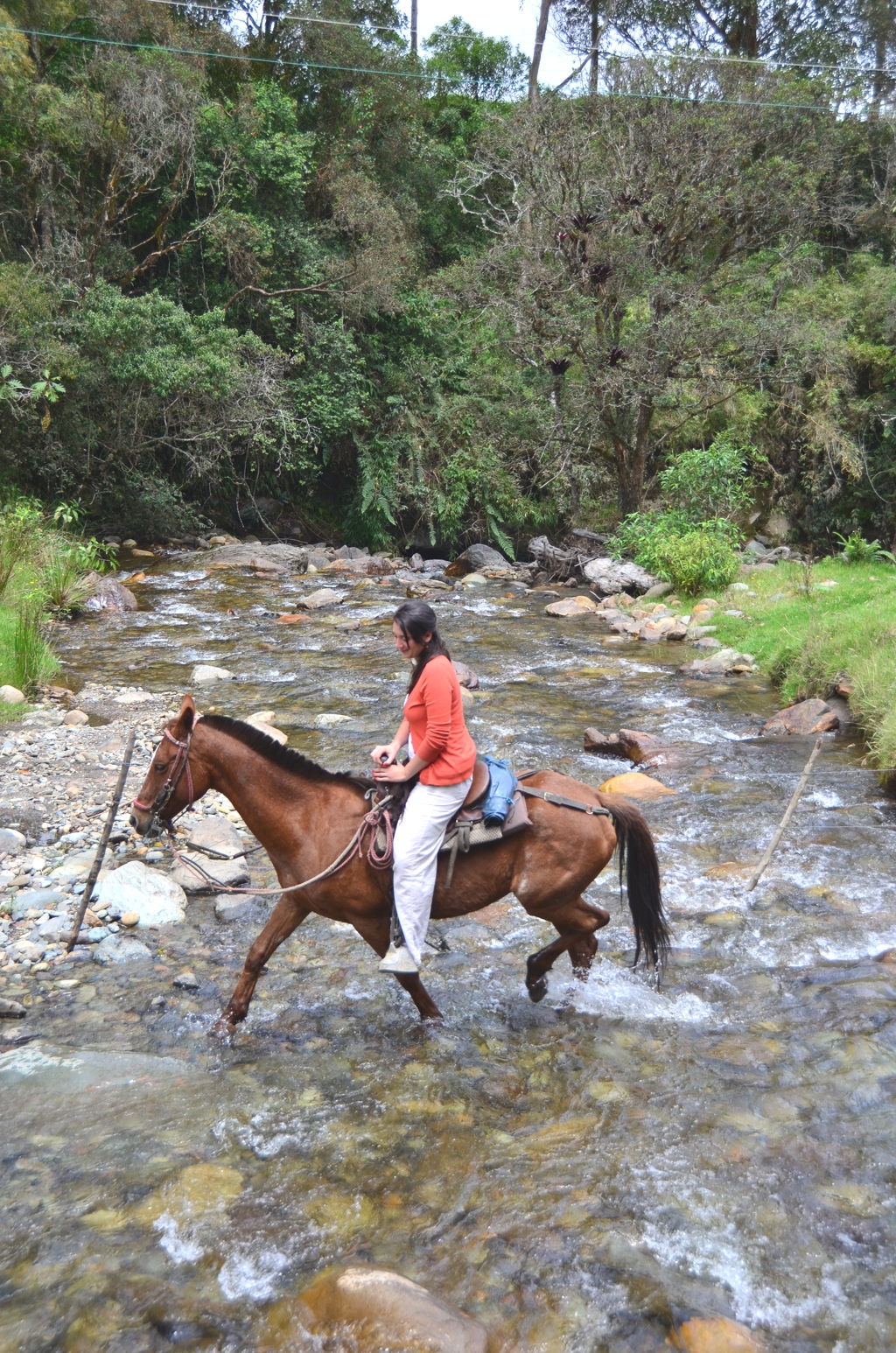
That one needs to trek to properly see the Valle del Cocora is evident the moment you finally get on your way. There’s simply too much splendor and detail to take in if you’re moving at the quick pace a horse does.
In fact — and this is very meta, I know — seeing the horses themselves traipse over the fast-flowing streams that run through the valley adds its own layer of atmosphere entirely.
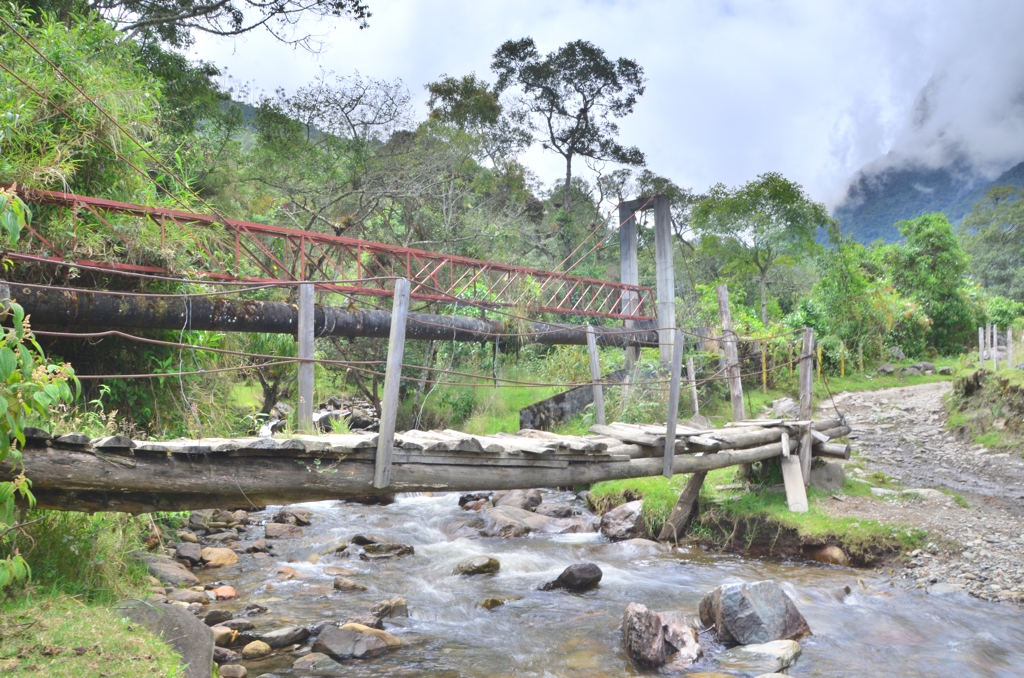
Not to mention the impossibly muddy, uniformly uneven paths, and the thrown-together bridges that connect them over the larger creeks that begin to appear the deeper I walked into the valley, which became less of a valley the deeper into it I walked.

My first sign that the landscape was changing came, as it often does for me, in the form of wildlife. Butterflies that were initially dull-looking and sporadic appeared in increasingly quantity and painted in shades and textures that seemed increasingly at odds with the disappearing valley.
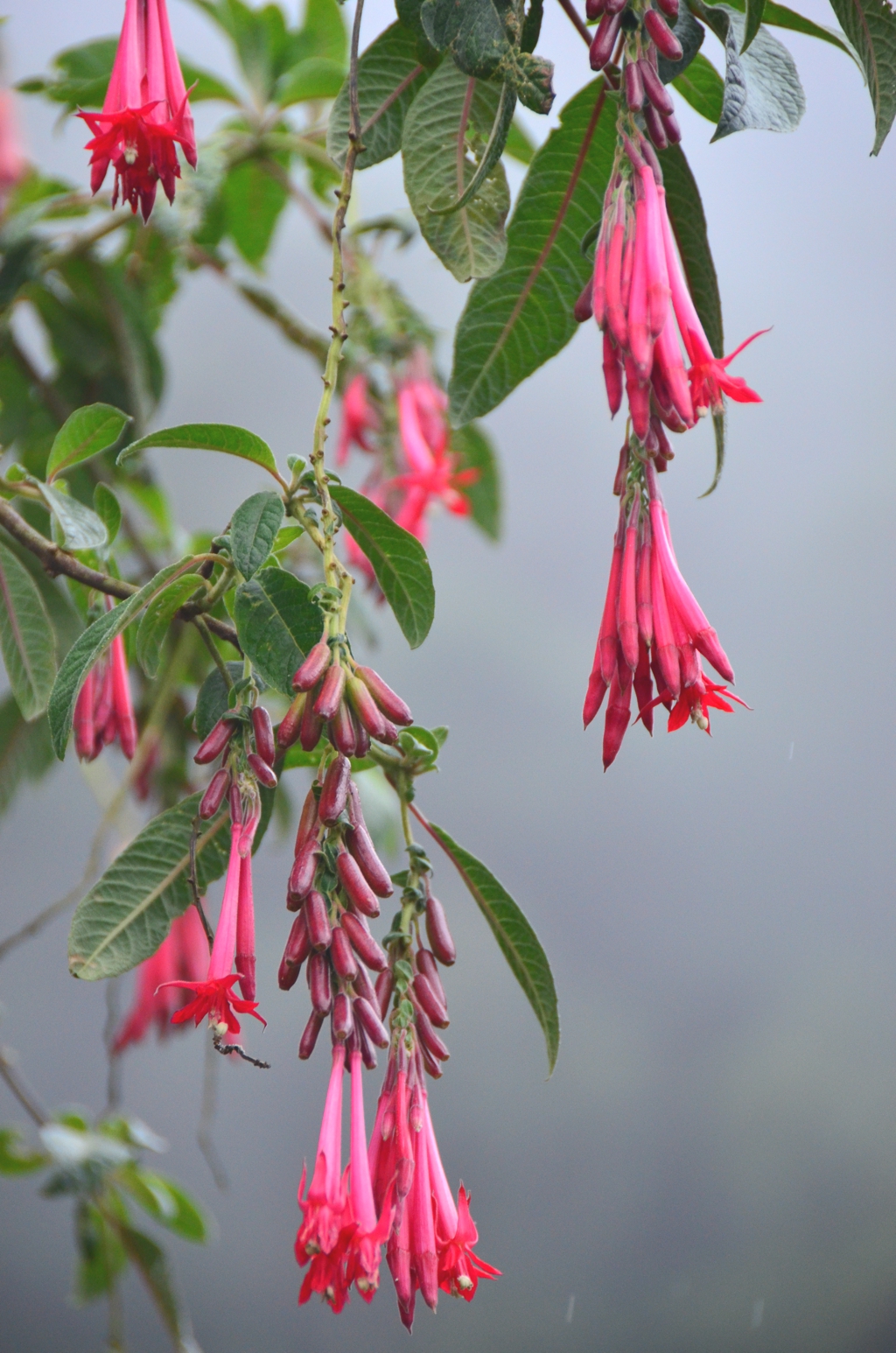
The flora of the Valle del Cocora echoed the warning signs of the fauna, with grass pastures and palm trees giving way to taller, fuller trees drooping with fluorescent flowers. Before I knew it, I was in the depths of the jungle, and the open fields and skies that surrounded me at the entrance to the valley were a mere memory. The humidity was higher — and, with the rising elevation, the temperature lower — but my exhilaration and the sheer pace of my movement had me steadily sweating.
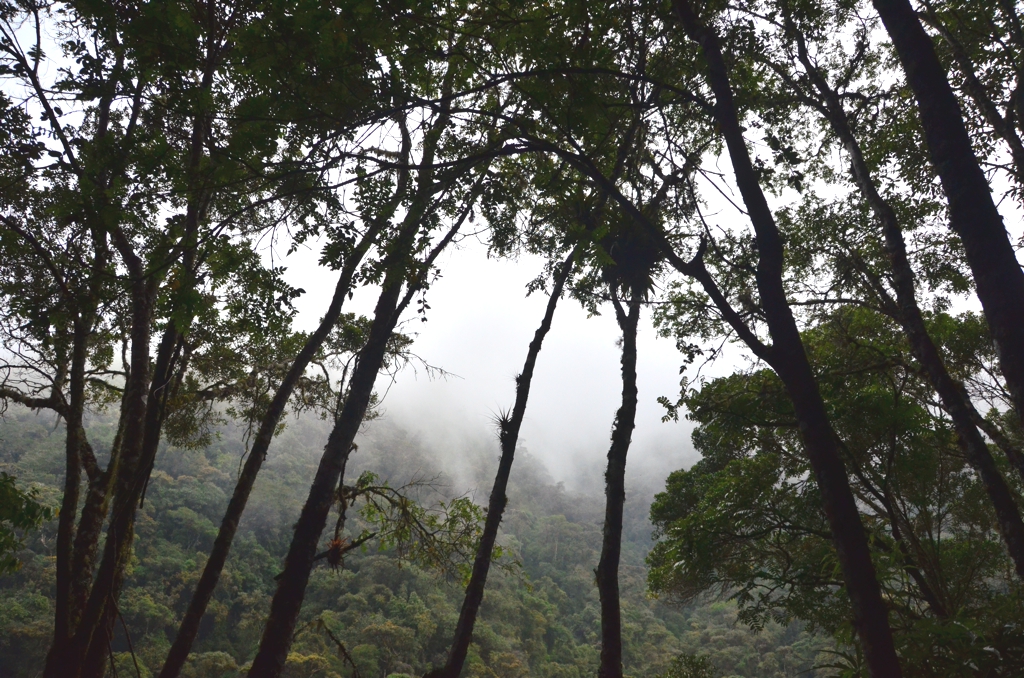
My rate of perspiration became especially excessive once I reached the fork in the road — and there is only one — and began ascending to a high summit that would, I was told, lead me back to where I’d started. By then the jungle was even denser. I felt like I was at Machu Picchu!
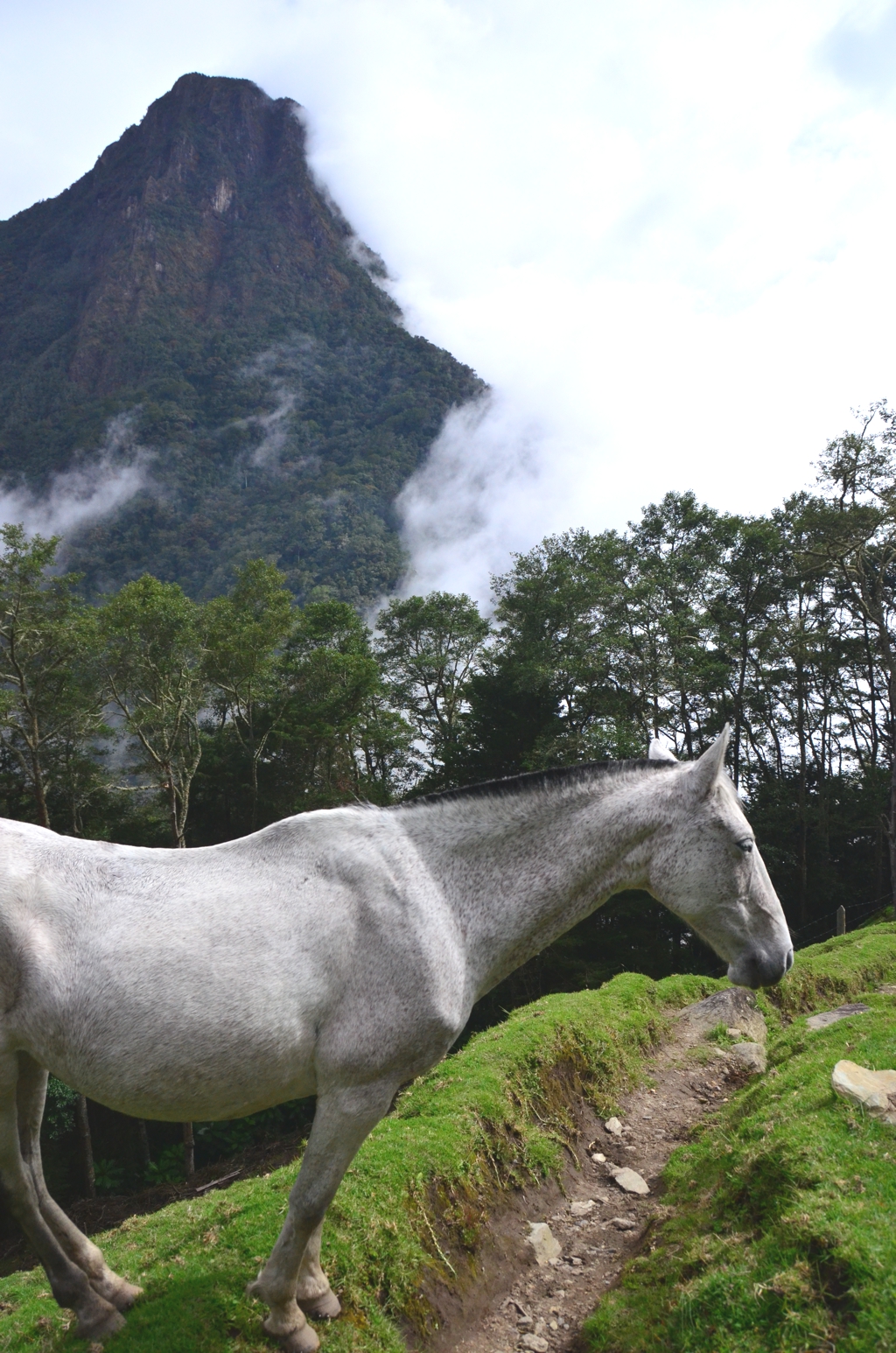
I arrived to the top to find a seemingly abandoned house (which is not, in spite of how nice it would be if it were, a visitor’s center) and, ironically, a horse, whose cool, calm demeanor as he grazed on the steep hillside brought a smile to my face. Isn’t it usually the opposite way around here? I thought, and imagined well-rested horseback rides climbing off famished horses at the conclusions of their journeys.
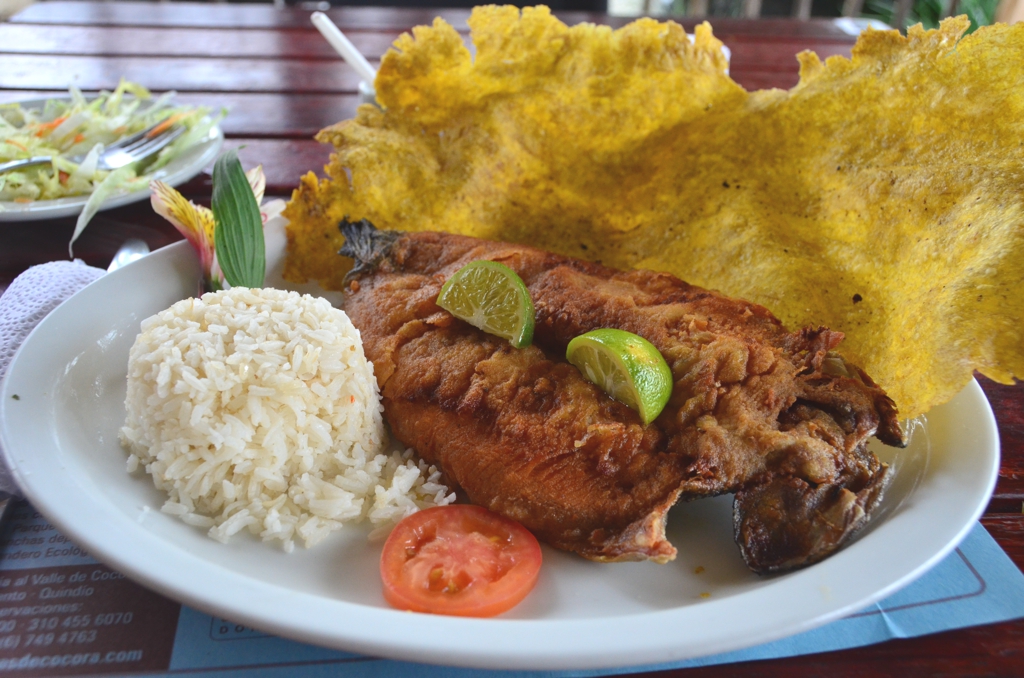
And I was famished by the time I arrived back at the entrance to Valle del Cocora, so I rewarded myself with a plate of the region’s famous fried trout, and took in the sounds of a local band as my heart rate slowed from my incredible day in the valley the turns into a jungle and, by way of a hill so large it’s almost a mountain, twists back down into a valley again.

Robert Schrader is a travel writer and photographer who’s been roaming the world independently since 2005, writing for publications such as “CNNGo” and “Shanghaiist” along the way. His blog, Leave Your Daily Hell, provides a mix of travel advice, destination guides and personal essays covering the more esoteric aspects of life as a traveler.








